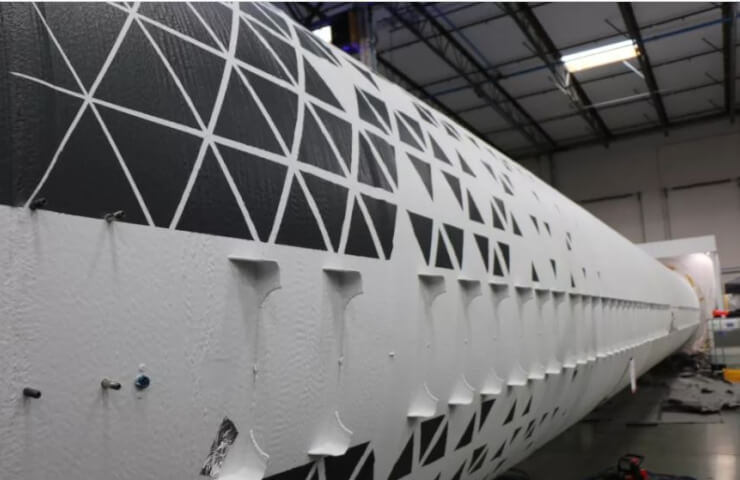The space industry is experiencing a historic boom. As the industry giants make their first jumps and crewed spaceflights, new, smaller rocket companies continue to emerge, adding to the brewing frenzy to get to space faster, cheaper, and better.
One of these new companies, a California startup called Relativity Space, has big plans to 3D print its way into space, and they're getting ready for their first launch.
Relativity was founded in 2015 by Tim Ellis and Jordan Noon, two young aerospace engineers who had the big idea of making fully 3D printed rockets. Prior to creating Relativity, Ellis worked at Blue Origin and Noone worked at SpaceX on the Dragon capsule.
Relativity's first launch, scheduled for early 2022, will allow the company to launch its fully 3D printed two-stage Terran 1 rocket into space on a test flight to demonstrate its viability. This will be the first launch of a fully 3D printed rocket.
“We are almost ready for the first flight. And of course, since no one has ever done this before, it's so exciting," co-founder and CEO Ellis told Space.com in August 2021. "We're going to launch our rocket first, and then we'll continue scaling from there."
Terran 1 is a fully 3D printed two-stage launch vehicle. But, according to Ellis, it's not just the first fully 3D printed rocket, "it's the largest 3D printed metal object ever made."
According to Ellis, at 110 feet (35 meters) high and 7.5 feet (2.3 m) in diameter, "the entire primary structure is printed." Terran 1 can deliver a maximum payload of up to 2,756 pounds (1,250 kg) to low Earth orbit, according to Relativity.
“This is truly unprecedented material,” he said. However, "we're very confident about it," Ellis said.





